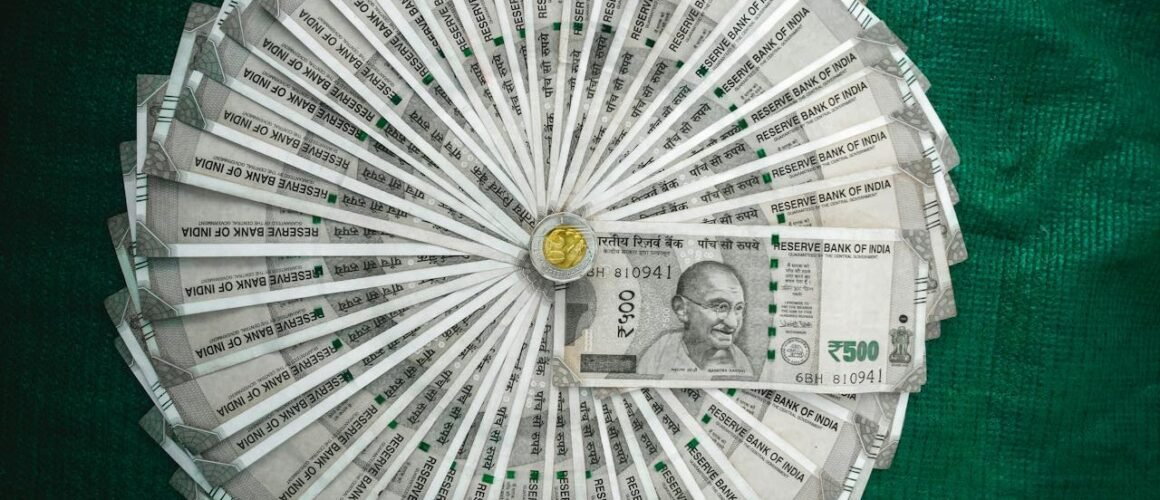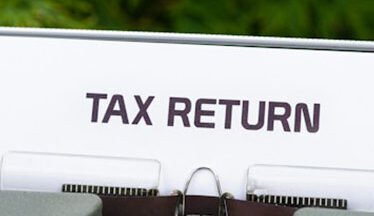On 1st February 2023, the Finance Minister, Nirmala Sitharaman, outlined the budget for the upcoming fiscal year. The new budget serves as the blueprint for an inclusive and empowered economy.
Key highlights of the budget and their impact:
Economy
- The Capital Expenditure (CapEx) outlay has increased by 33% to amount to 3.3% of the GDP at INR 10 lakh crore, while the effective CapEx will be 4.5% of the GDP that is INR 13.7 lakh crore.
- The budget aims to keep the fiscal deficit at 5.9%, while states are allowed a deficit of 3.5% of GSDP. Of this, 0.5% should be tied to power sector reforms.
- Infusion of INR 9,000 crore for MSMEs with an additional of INR 2 lakh crore credit guarantee for MSMEs and also reduce the cost of the credit by about 1 per cent
- A National Financial Information Registry will get set up to promote financial inclusion, foster financial stability, and ensure efficient credit flow.
Income Tax
- The new tax regime increases the rebate limit to INR 7 lakh.
- The number of slabs in the new regime is reduced to five and the tax exemption limit is increased to INR 3 lakh. Taxes under the new regime are as follows:
| Net Annual Income Range | New Regime Tax Rate |
| Up to INR 3 lakhs | Nil |
| INR 3-6 lakh | 5% |
| INR 6-9 lakh | 10% |
| INR 9-12 lakh | 15% |
| INR 12-15 lakh | 20% |
| More than INR 15 lakhs | 30% |
- The standard deduction benefit is now extended to the salaried class and pensioners under the new regime.
- The new regime has become the default tax system. However, taxpayers can choose to continue to calculate and pay taxes as per the old regime.
- The highest surcharge levied on personal income tax has been reduced significantly from 37% to 25%.
- The leave encashment limit on retirement for non-governmental salaried employees has increased from INR 3 lakh to INR 25 lakh.
- Deduction from capital gains on investment in a residential house under sections 54 and 54F is now capped at INR 10 crore.
- Income from insurance policies (other than ULIP) having premium or aggregate of premium above Rs.5,00,000 in a year will be taxed. This income shall be taxable under the head “income from other sources”. Deduction shall be allowed for premium paid if such deduction is not claimed earlier under any other provisions of the Act. The new rule shall apply for policies issued on or after 1st April, 2023. However, the income is proposed to be exempt if received on the death of the insured person.
- Conversion of gold into electronic gold receipt and vice versa not to be treated as capital gain.
- TDS rate to be reduced from 30 per cent to 20 per cent on taxable portion of EPF withdrawal in non-PAN cases.
- Enhanced limits for micro enterprises INR 3 crore and for certain professionals INR 75 lakhs for availing the benefit of presumptive taxation. Increased limit to apply only in case the amount or aggregate of the amounts received during the year, in cash, does not exceed five per cent of the total gross receipts/turnover.
Indirect Taxes
- As part of the Green Growth priority, the Government proposes to exempt excise duty on GST-paid compressed biogas.
- The budget aims to reduce the customs duty on the import of certain mobile phone parts.
- The basic customs duty on parts of open cells for TV panels will be reduced to 2.5%.
- The customs duty for electric kitchen chimneys will increase from 7.5% to 15%.
- The customs duty on chimney heat coils will decrease from 20% to 15%.
- A new exemption is introduced for the basic customs duty on chemicals and petrochemicals.
- Basic customs duty on acid-grade fluorspar (containing by weight more than 97 per cent of calcium fluoride) and crude glycerine will reduce to 2.5%.
- Custom duties to increase on items made from gold and platinum.
- Increased import duty for silver.
- Taxes on cigarettes hiked by 16%.
Senior Citizens
- The maximum deposit limit in the Senior Citizen Savings Scheme was revised upwards from INR 15 lakh to INR 30 lakh.
- The maximum deposit limit for the Monthly Income Account Scheme increased from INR 4.5 lakh to INR 9 lakh for a single account and INR 9 lakh to INR 15 lakh for a joint account.
Youth
- Introduction of a National Apprenticeship Promotion Scheme to provide a stipend to support 47 lakh youth over three years.
- Pradhan Mantri Kaushal Vikas Yojana 4.0 to offer on-job training, industry partnerships, and new-age courses.
- Expansion of a digital ecosystem to enable demand-based formal skill training, link youth to employers and facilitate access to entrepreneurship schemes.
- Recruitment of 38,800 teachers and support staff across 749 Eklavya Model Residential Schools that can reach 3.5 lakh tribal students over the next three year.





